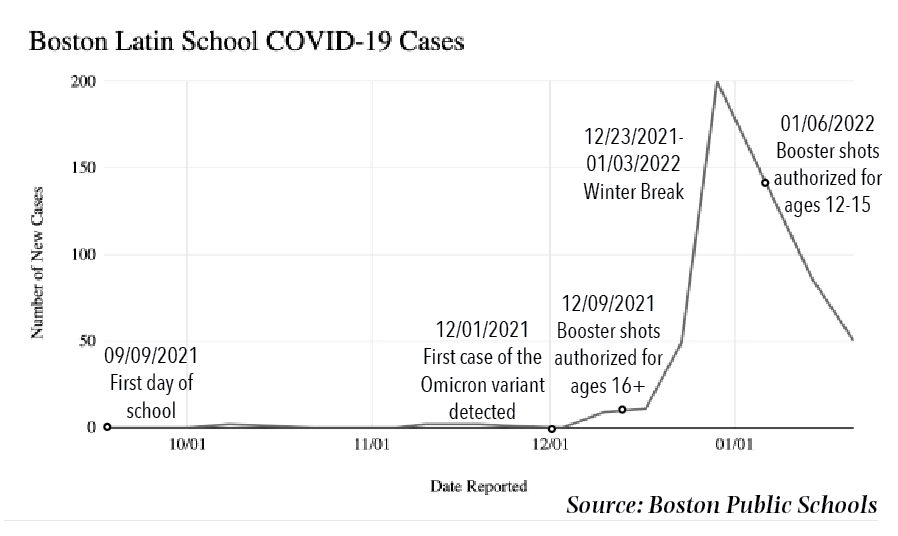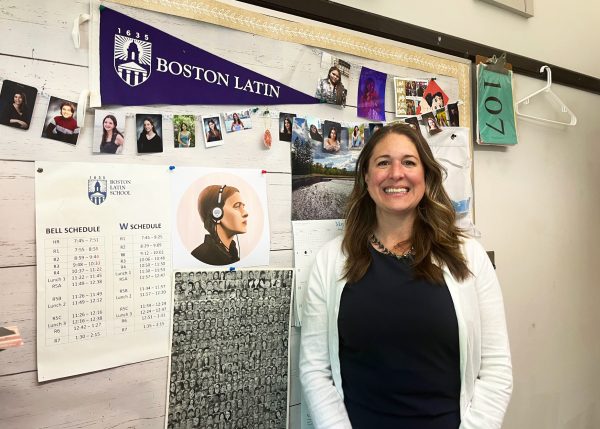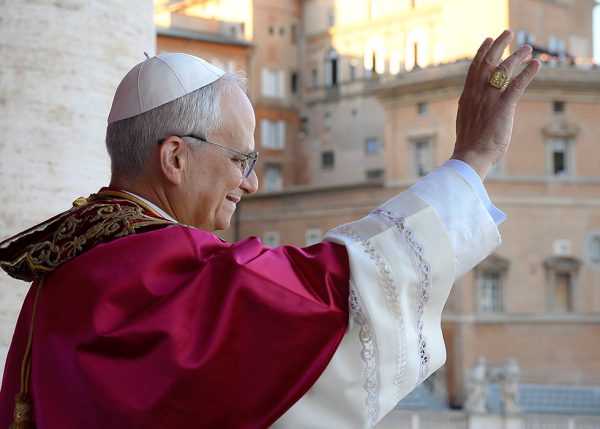Stay Positive, Test Negative: COVID-19 at BLS
Beginning in late December, the number of Boston Latin School students and staff testing positive for COVID-19 has increased dramatically.
This rise comes in the midst of a nationwide surge of COVID-19 cases, driven by the highly contagious Omicron variant which emerged in mid-November of last year, according to the Centers for Disease Control and Prevention. The surge started in early December and reached its highest point in early January, with the current national seven-day average of new daily cases around 800,000.
Over the winter break, nearly 200 students tested positive for COVID-19 and could not return to school. An additional 55 students tested positive during the week following break. School attendance, which is typically around 97 percent, dropped to about 80 percent in the first two weeks of January. In response to the low attendance, many teachers have suspended major in-person assessments and have instead turned to platforms such as Google Classroom to assign work that can be done both in school and at home.
Like many others, BLS AP United States History teacher Mr. Dominic Rinaldi postponed previously scheduled exams until next term and reframed the structure of his classes to prevent absent students from falling behind. “After break, I was forced to effectively alter all of my planning that was done, and in some cases redone multiple times, since August. […] Needless to say, this is not a sustainable existence long-term,” says Mr. Rinaldi.
In late December, Boston Public Schools temporarily paused all student athletics, with the original expected return date announced as January 10. Athletics practices resumed on January 18, with competitions expected to restart the following week. Athletes must consent to weekly pool testing in order to participate.
Following the break, the music department also had to temporarily pause in-school practice for wind instruments and chorus.
According to the Boston Herald, 1,202 BPS staff members were absent on January 10. At BLS, 20 to 30 teachers were absent on average in the two weeks after the winter recess. Due to a lack of substitute teachers, the administration sent students with absent teachers to the dining hall and auditorium, where they used the period to complete assigned work remotely.
“Whether we are focusing on students or staff, if the total number of people absent hits a certain threshold, it 100 percent hinders our ability to function as an institution, from the classroom level on up,” says Mr. Rinaldi.
Despite the recent rise in cases, BPS is not currently looking at a full transition to remote learning. The state’s Department of Elementary and Secondary Education (DESE), the ultimate decision-maker regarding remote learning, currently only counts in-person learning as part of the state’s required 180 days of school.
In an article published by the Boston Globe on January 13, Mayor Michelle Wu stated that “closing schools and moving to remote [learning] is a last resort, but it is one that we are prepared for, given that there are COVID-19 and pandemic challenges that affect staffing beyond our control.”
School districts can apply for a waiver to current DESE policy for closures on a school-by-school basis in partnership with the Boston Public Health Commission if a public health emergency is declared in the building.
Head of School Rachel Skerritt says, “Currently, our positivity rates at BLS are significantly below the city average, though our large school size, of course, makes the individual number of cases significant.”
About 900 to 1,000 BLS students participate in pool testing each week. Concerning the importance of pool testing, BLS Director of Operations and manager of pool testing, Ms. Jesse Kwan, describes it as a “community effort.” Students not showing any symptoms can still carry and spread the virus, so participation in surveillance testing, along with other methods of prevention such as limiting visitors to the building, helps mitigate that risk.
Still, students across the district have expressed their concerns with remaining in the building as COVID-19 rates continue to rise. Increasing numbers of students are choosing to stay home in order to avoid crowded public spaces as a precautionary measure against COVID-19.
On January 14, hundreds of BPS students staged a walkout to call for closures of school buildings and to promote better COVID-19 safety measures in school. In addition, William Hu (I) created a Change.org petition requesting that Massachusetts schools give students the option of virtual learning, which has currently amassed over 9,000 signatures.
Associate Head of School Steven Chen hopes that people continue to take the pandemic seriously, saying, “What I would like for students to recognize is, this is still a really serious thing even though we are starting to see more and more people that we know who get it and are being okay. And I think that’s a credit to the vaccines, that’s a credit to the boosters. It’s great, all good news. But, we still have a lot of protocols, we still have a lot of safety measures that we have to follow.”






